Legal notice according to § 12 (2 & 3) of the German Investment Act (Vermögensanlagengesetz): The purchase of this asset investment involves considerable risks and can lead to the complete loss of the deployed assets. The projected return is not guaranteed and may also be lower.
Investment key figures
Explanations on the company profile and interest rate - incl. interest rate calculator.Weihnachtsaktion
Investment verschenken
Investment an eine Person Ihrer Wahl verschenken
Description
Description
Short description

from left to right – pineapple field during cultivation, chemically dried pineapple plants, burned plants on pineapple field
Our forests are under pressure worldwide, while “paperisation,” the replacement of plastic with paper, further increases the demand for wood. At the same time, millions of tons of pineapple plants are burned environmentally harmful every year—a valuable raw material is lost. eco:fibr closes the loop: we produce sustainable fibers from pineapple plants that are technically comparable to wood pulp, conserve resources, and provide the paper and packaging industry with a future-proof alternative.
Our market entry strategy initially focuses on mechanically extracted fibers—a proven process with low risk. In the next step, we will establish our patented chemical process and expand the product range to include high-quality, bleached pulp.
Our customers are manufacturers of specialty papers and packaging seeking reliable alternatives. The quality has been validated with research partners and customers, and initial letters of intent are in place.
With the capital raised, we will produce >50 tons of fibers in Germany, securing initial revenues and supply contracts. This will be followed by the establishment of a demonstration plant in Costa Rica and international scaling.
We create real added value from residues in line with the circular economy. Join our mission and help shape the next generation of sustainable raw materials.
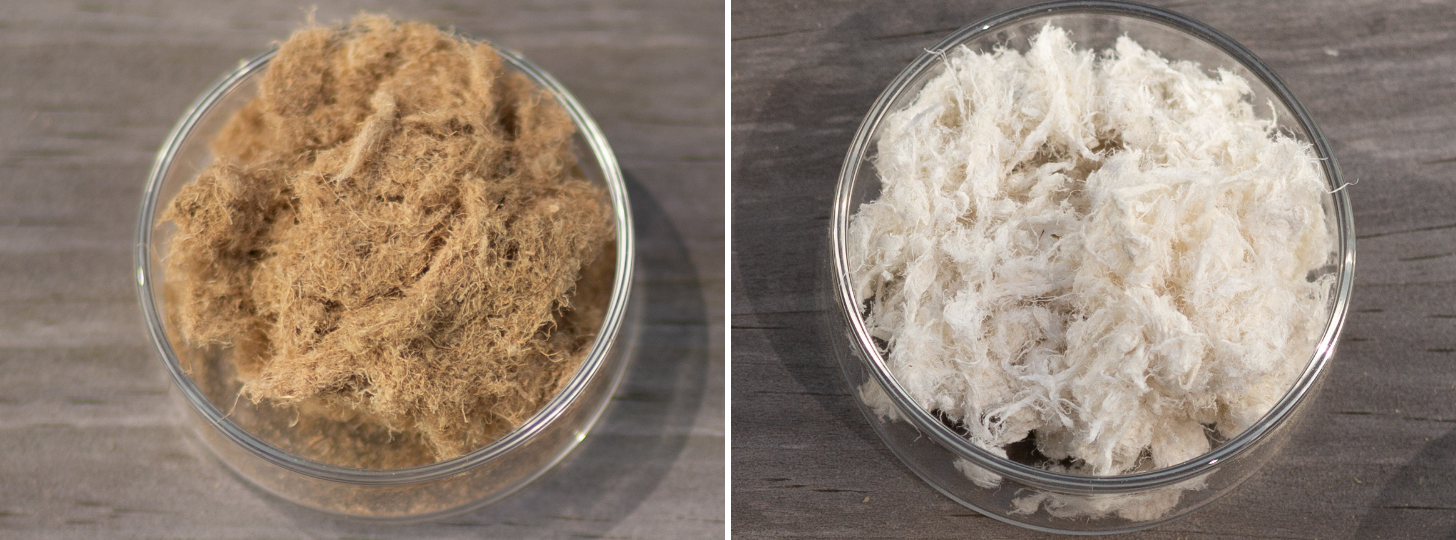
from left to right – mechanically extracted fibers, chemically extracted fibers
Team
from left to right – Susan Miklaw, Julian Kolbeck, Merit Ulmer-Kasak, Michelle Spitzer, Niklas Tegtmeier
The eco:team is interdisciplinary and mostly came together during their studies as part of the student initiative Enactus e.V., driven by their shared motivation to make a meaningful environmental contribution. Since its founding in 2022, eco:fibr has been pursuing full-time and professionally the goal of making plant residues usable for industry, thereby extending and closing value chains.
Merit Ulmer-Kasak
Founder & CEO, Sales and Finance
Julian Kolbeck
Founder & CEO, Production Planning and Logistics
Michelle Spitzer
Founder & CEO, Marketing and Sustainability
Niklas Tegtmeier
Research and Development
Susan Miklaw
Business Development Costa Rica
Additionally:
Johann Schulte – Paper Engineer & Business Angel Investor
Product and Customer Benefits
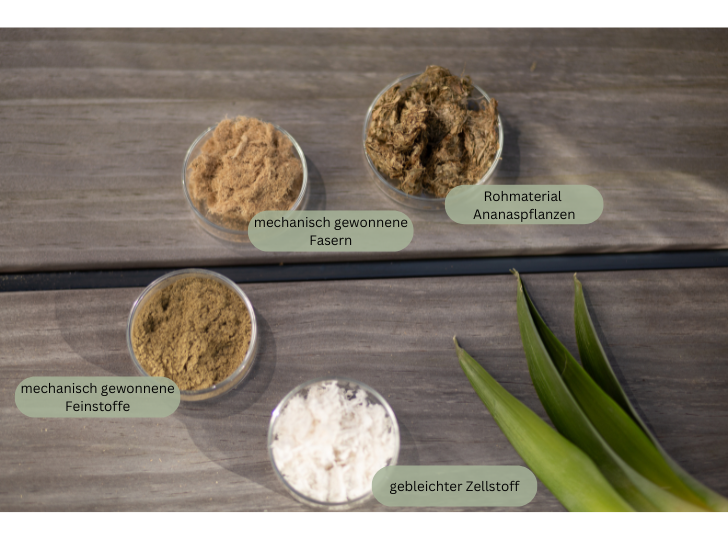
eco:fibr produces innovative fiber raw materials for the paper and packaging industry. Our first product is mechanically extracted fibers from pineapple plants, which can be used in existing paper machines without any adjustments and positively impact the stability of products. Producers thus benefit from a ready-to-use raw material manufactured with proven technology and, through our partner plantations in Costa Rica, reliable supply.
In addition, with our patented process, we produce high-quality, bleached pulps characterized by long fibers and high strength. This enables our customers to produce specialty and packaging papers with demanding technical requirements using a fiber that does not require wood—something that was previously only possible with compromises.
The benefits for our customers: Technical performance equivalent to or superior to wood pulp, stable cost structures in a volatile market, and the ability to meet regulatory requirements while positioning themselves as sustainable market players. In the future, we plan to expand our portfolio to other residues such as sugarcane or rice straw, opening up additional applications and markets.
Innovation and technology

The eco:fibr technology unlocks a previously untapped raw material potential: agricultural residues that are currently dried using toxic chemicals and then burned in an environmentally harmful way with very high CO2 emissions. Our market entry deliberately uses mechanical fiber extraction—a well-established production concept that is technically low-risk and already delivers a market-ready product. This ensures rapid revenue and initial large customer orders.

eco:fibr’s core IP is a chemical extraction process that we have developed and patented over the past years. It produces high-quality, bleached pulps with high mechanical strength. The process requires significantly less energy and chemicals than conventional methods, creating the foundation for our long-term competitiveness. A key component of the PCT patent is the set of process parameters defined by eco:fibr for efficient fiber processing and the resulting fiber properties.
Our process can also be applied to other plant residues such as sugarcane or rice straw. This creates a platform technology for sustainable fibers, enabling diverse applications across multiple industries. Our product and process development is conducted in close collaboration with research institutions and industry partners, such as Hahnemühle, Grünperga, TU Dresden, and Leibniz University Hannover. As a result, we already have a strong network and a product aligned with our future customers!
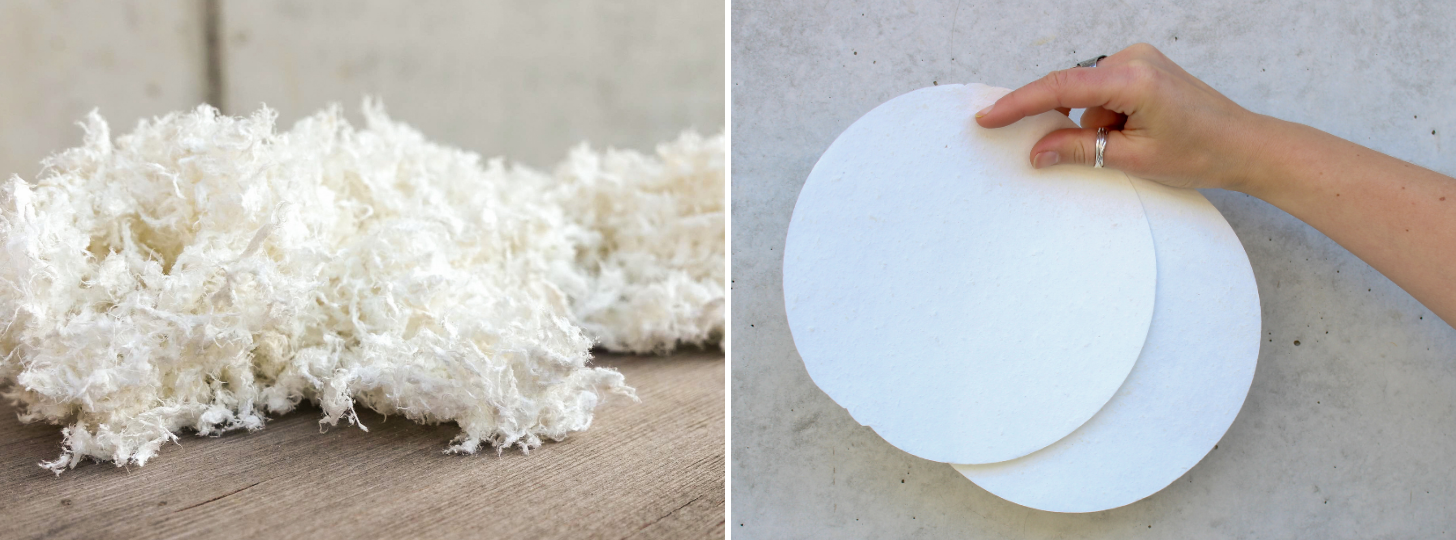
Left: Pineapple pulp, Right: Test paper sheets made from pineapple pulp together with potential customers
Market and target audience
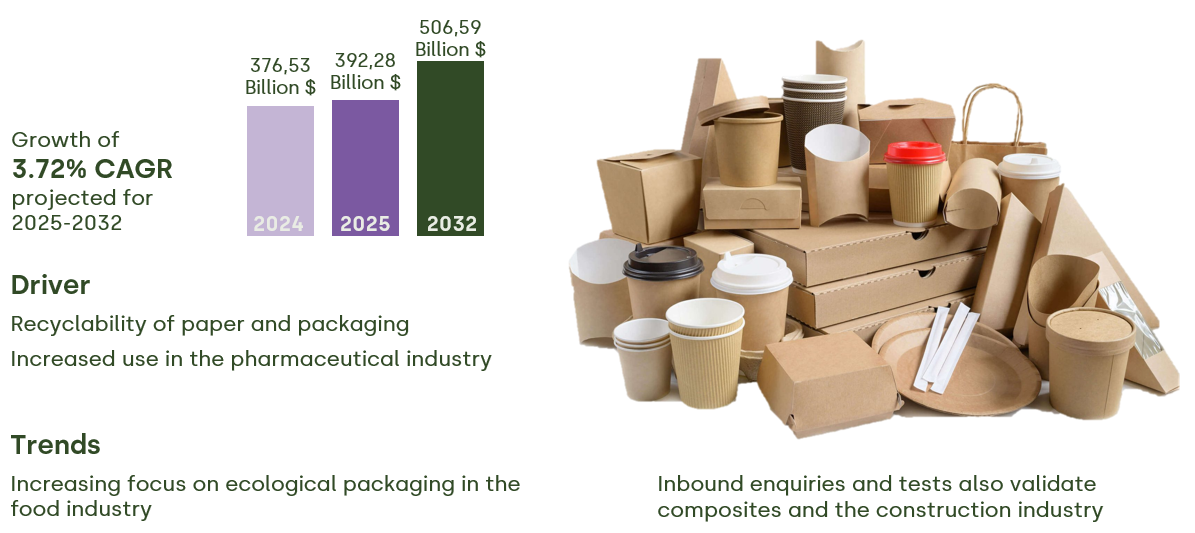
Overview of the global paper-based packaging market. Based on (link)
eco:fibr targets the global pulp and fiber raw material market, which has a volume of over €300 billion. The markets for specialty and packaging papers are particularly dynamic, driven by the trend of “paperisation” (replacing plastic with paper) and stricter regulations such as the EU regulation on deforestation-free supply chains.
Our initial target group is medium-sized paper producers with an annual volume of up to 100,000 tons—agile enough to adopt new raw materials quickly, yet large enough to generate significant sales volumes. These companies face cost pressures, seek CO2-reduced alternatives, and are considered particularly open to innovation. Our fibers can be processed 1:1 like wood fibers in existing processes without any adjustments to the production workflow.

Example products that our customers could produce using our fibers
In the long term, we plan to expand our portfolio to markets such as the construction industry (e.g., gypsum fiberboards). Our internationalization strategy focuses on production in Costa Rica—the world’s largest pineapple exporter—and distribution in Europe, where demand for sustainable fibers is highest. Key scaling milestones include securing long-term supply contracts, establishing the first industrial production facility, and gradually expanding to additional raw material sources and markets.
Competition and Unique Selling Points
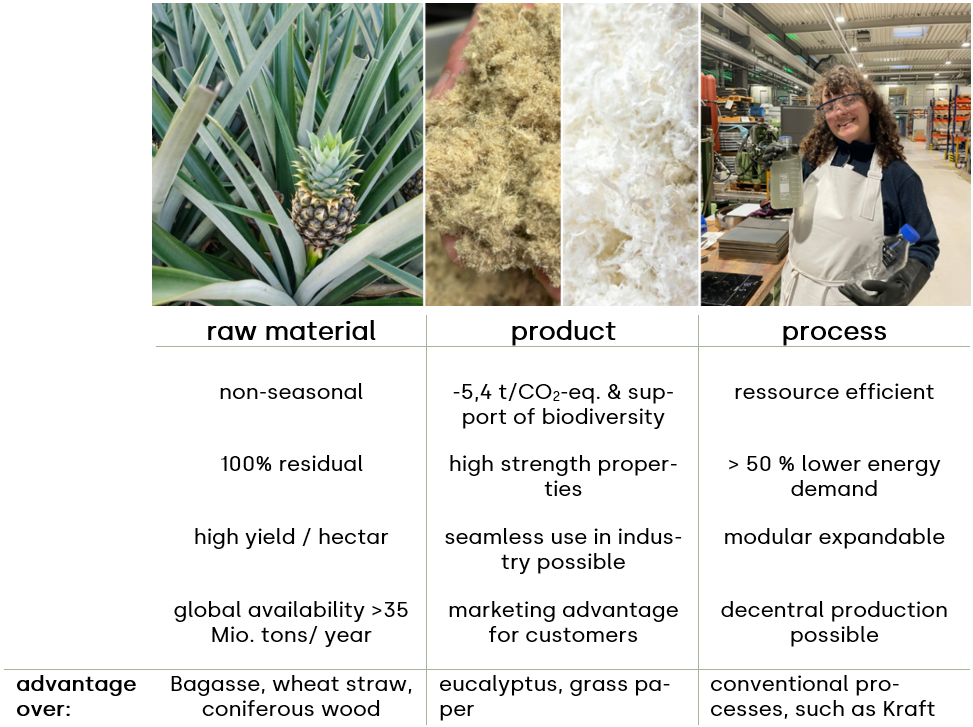
The market for alternative fibers is in motion—various startups are focusing on raw materials such as grass, hemp, straw, or silphium. However, these approaches encounter clear limitations: often the fibers can only be used as fillers and not as a true wood fiber replacement, or they require dedicated cultivation areas. As a result, they are only minimally scalable and, due to poor mechanical properties, add no value to the end product.
eco:fibr, on the other hand, focuses on waste streams that already exist in large quantities. Pineapple fibers are particularly long and resilient, making them a genuine alternative to wood pulp. These properties are especially desired for visible packaging and specialty papers.
The process parameters of our patented extraction method take into account the properties of plant residues. This ensures an economical and resource-efficient fiber extraction.
Business Model and Sales
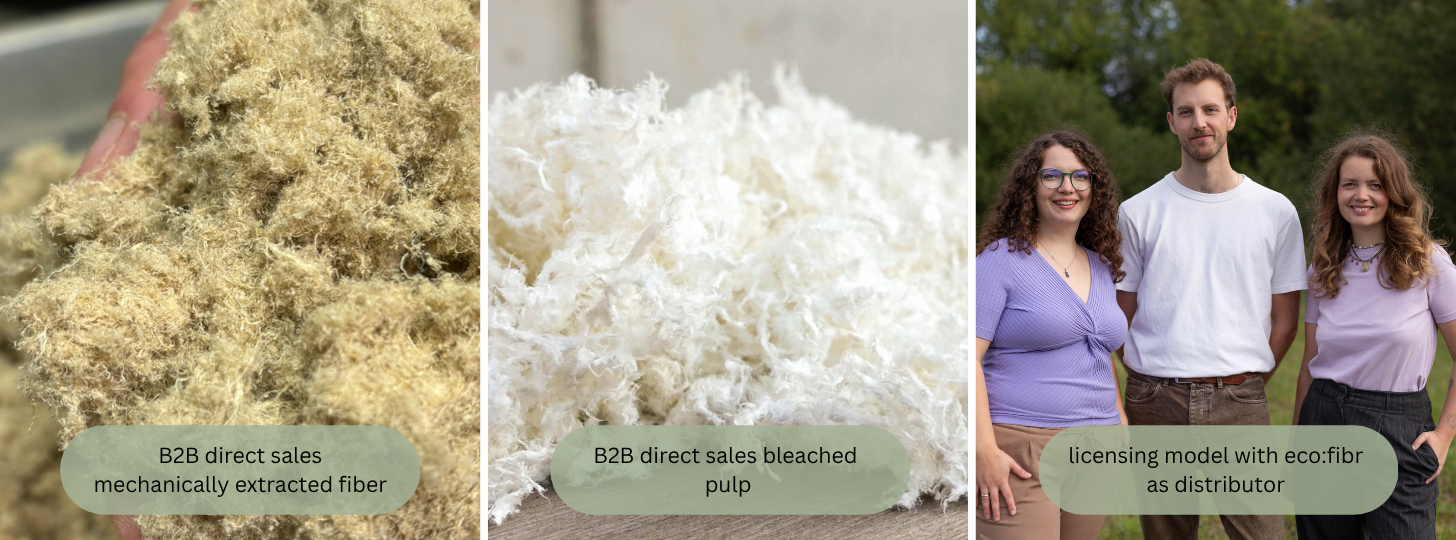
eco:fibr pursues a scalable B2B business model. Our first revenues are generated through the direct sales of mechanically obtained fibers. In the next step, we will expand our portfolio to include chemically extracted, environmentally friendly bleached pulps, which we produce using our patented process. This allows us to offer particularly high-quality fibers suitable for demanding applications in the specialty and packaging paper segments.
In parallel, we are developing a licensing model, in which companies operate their own facilities using our technology (e.g., as a modular container system), while eco:fibr markets the fibers centrally. This allows us to scale our market presence internationally without having to make large investments in additional production capacities ourselves. Interest has already been reflected, among others, by pineapple plantations.
Our price points are aligned with the market environment of established pulps and ensure a target margin of around 30%. We build sales through close contacts in the paper industry: together with paper producers, we test our fibers, develop product variants, and thereby create the foundation for long-term supply contracts.
Previous achievements
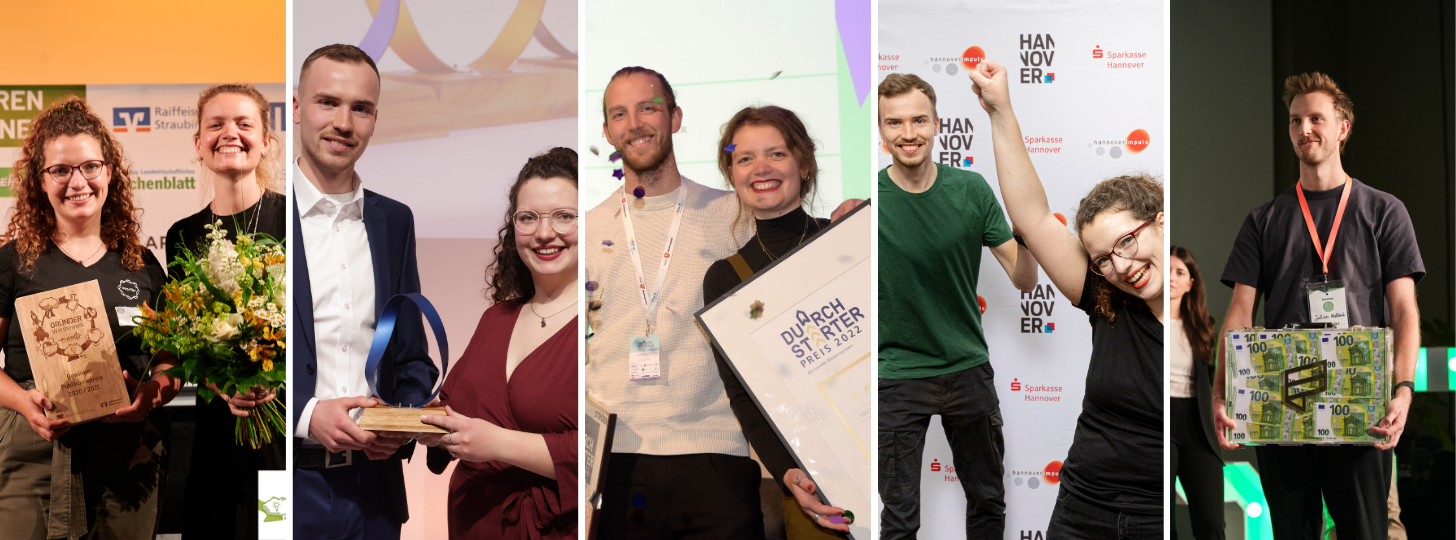
- Development of a reproducible laboratory-scale fiber extraction process at Leibniz University Hannover.
- Aufbau eines reproduzierbaren Labormaßstabs zur Faserextraktion an der Leibniz Universität Hannover.
- Filing of the PCT patent for the chemical extraction of cellulose fibers from pineapple plants.
- Conducting a feasibility study for industrial production in Costa Rica, supported by a specialized engineering firm.
- Raised over €1 million in funding and equity investments, including the EXIST startup grant and the NBank innovation funding project.
- Won several startup and industry awards, including the DurchSTARTer Prize 2022, Science Award 2023, and MAKE IT MATTER Award 2024.
- Over 50 contributions in professional journals such as *Wochenblatt der Papierfabrikation*, as well as radio, TV, and print features, including ZDF *Plan b*, *DAS! Rote Sofa*, HAZ, and TAZ.
Goals and use of capital

With the current funding round, we are aiming for a total volume of €600,000. These funds will be used specifically for the market entry in Q2 2026 and to generate the first revenues. Through contract manufacturing with our partner fiber-rec in Munich, we can supply initial customers with industrial quantities and convert existing letters of intent into long-term contracts. For this, we will import larger amounts of pre-chopped and dried pineapple plants and produce the fibers directly in Germany.
Subsequently, we will establish the first fiber production as a flagship facility in Costa Rica. This will allow us to supply paper companies with high-quality, bleached pulp on a large scale. In the long term, we aim to offer companies the opportunity to produce fibers themselves using our process through a licensing model. Profit-sharing enables eco:fibr to scale without additional CAPEX costs.
Niklas and Michelle in front of the fiber-rec facility.
Top reasons to invest
- Fast market entry: Through contract manufacturing, large quantities of fibers can be produced and sold with low risk as early as the first half of 2026.
- High impact: Each ton of eco:fibr fibers saves a net 5.4 tons of CO2 equivalents and prevents direct emissions through the meaningful reuse of pineapple plants.
- Growth strategy: A combination of direct sales and a licensing model enables rapid, low-capital scaling in a multi-billion-dollar market.
- Strong market demand: Several LOIs and over 25 customer samples demonstrate demand and acceptance in the paper and construction industries.
- High profitability: Even the first production facility after contract manufacturing is already profitable.
Riskmanagement
Sales Risk: Currently, no supply contracts exist, and demand for fibers on a tonnage scale has not yet been met.
Measures: Several LOIs are in place, and there is interest in tonnage-scale supply. In recent years, product analyses and developments have been conducted jointly with over 25 potential customers, thereby gaining a deep market understanding.
Market Risk: Demand for alternative fibers could decline due to market changes or geopolitical events.
Measures: We focus on the excellent technical properties of the fibers and, in parallel with the paper industry, also establish connections to other industries as potential markets, for example, the construction industry.
Liquidity Risk: There is an additional capital requirement for building our own production facilities.
Measures: By taking the contract manufacturing route, we gain both technical security and secure customer contracts. Customer contracts are bankable, allowing the next financing round to be planned as a mix of equity and debt. Alternative plans also exist in case only limited liquidity is available, for example, if only individual components can be financed.
Team & Knowledge Risk: The team has no prior experience in industrial production setup and has not built other companies besides eco:fibr.
Measures: We regularly review our competencies in relation to planned projects and identify experience and knowledge gaps. Through close collaboration with industry partners, business angels, and our network, we leverage decades of experience and remain open to constructive criticism and practical insights. Additionally, a board of advisors with extensive industry and market knowledge will be established as part of this financing round. Targeted personnel expansion in key areas is also planned at critical moments.
About eco:fibr
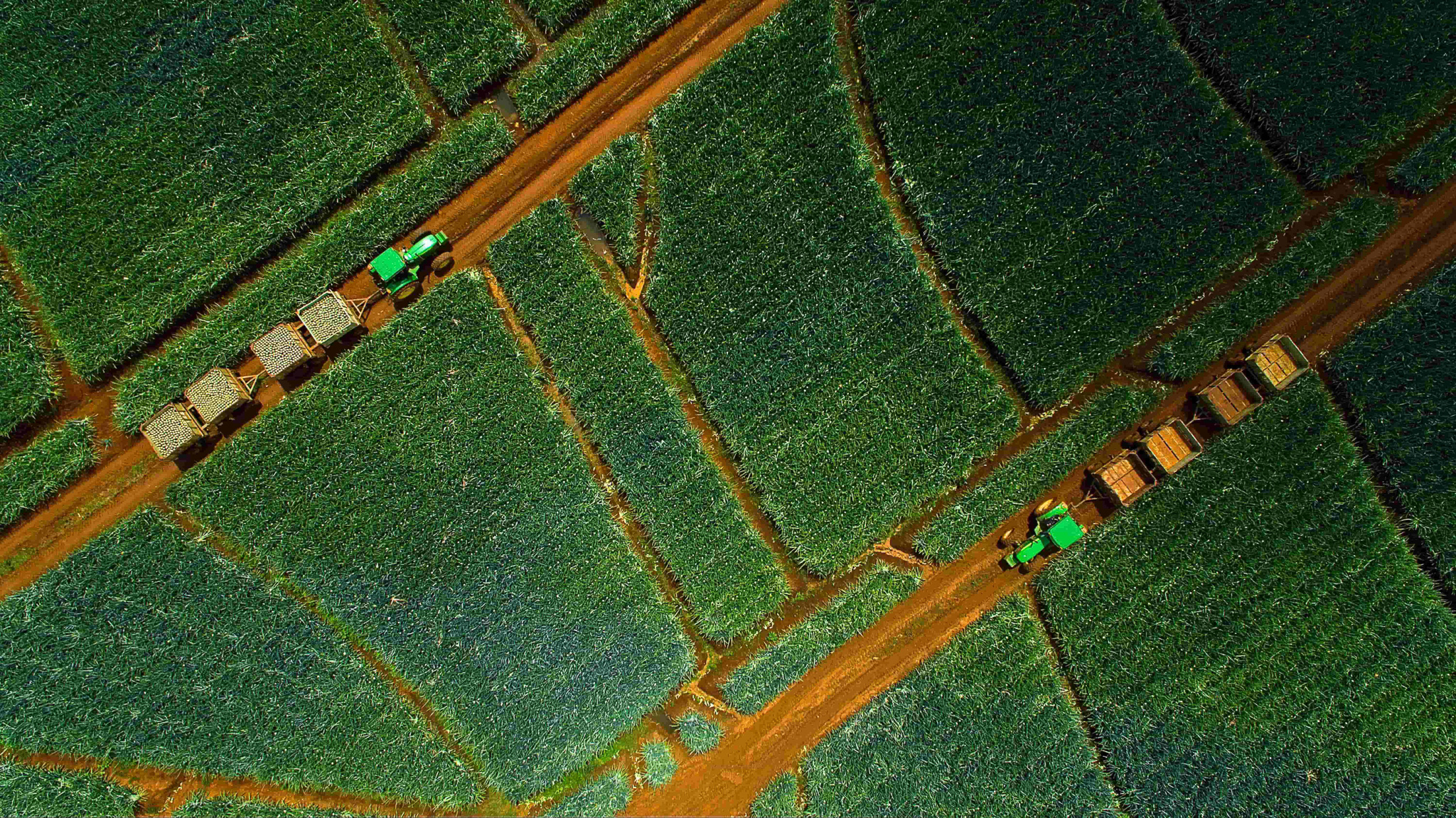
eco:fibr was founded in 2022 by Merit Ulmer-Kasak, Michelle Spitzer, and Julian Kolbeck with the goal of developing sustainable fibers from agricultural residues. The trigger: millions of tons of pineapple plants are burned after harvest—with enormous CO2 emissions and the use of toxic chemicals that have been banned in the EU for years. With the mission „turning waste into purpose“, we aim to ensure that plant residues are utilized as an alternative to wood pulp.
Our vision is to close loops and scale internationally with our process. To achieve this, we combine technical know-how from mechanical engineering and biotechnology with enhanced market access in Europe and a strong network in Costa Rica. Our potential is validated by over one million euros in grants collected, a pre-seed investment of €340,000, initial LOIs from paper producers, and a patented extraction process.
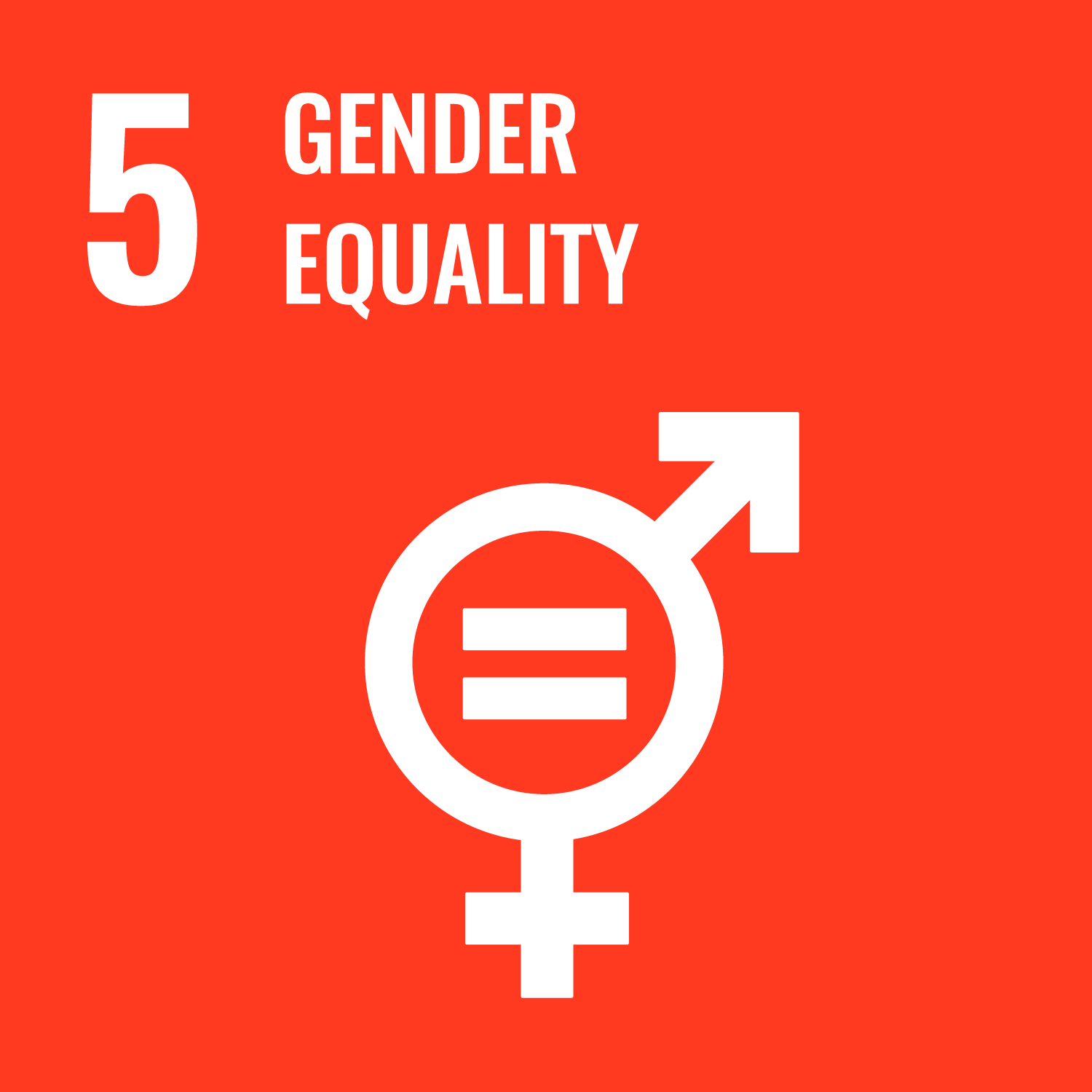
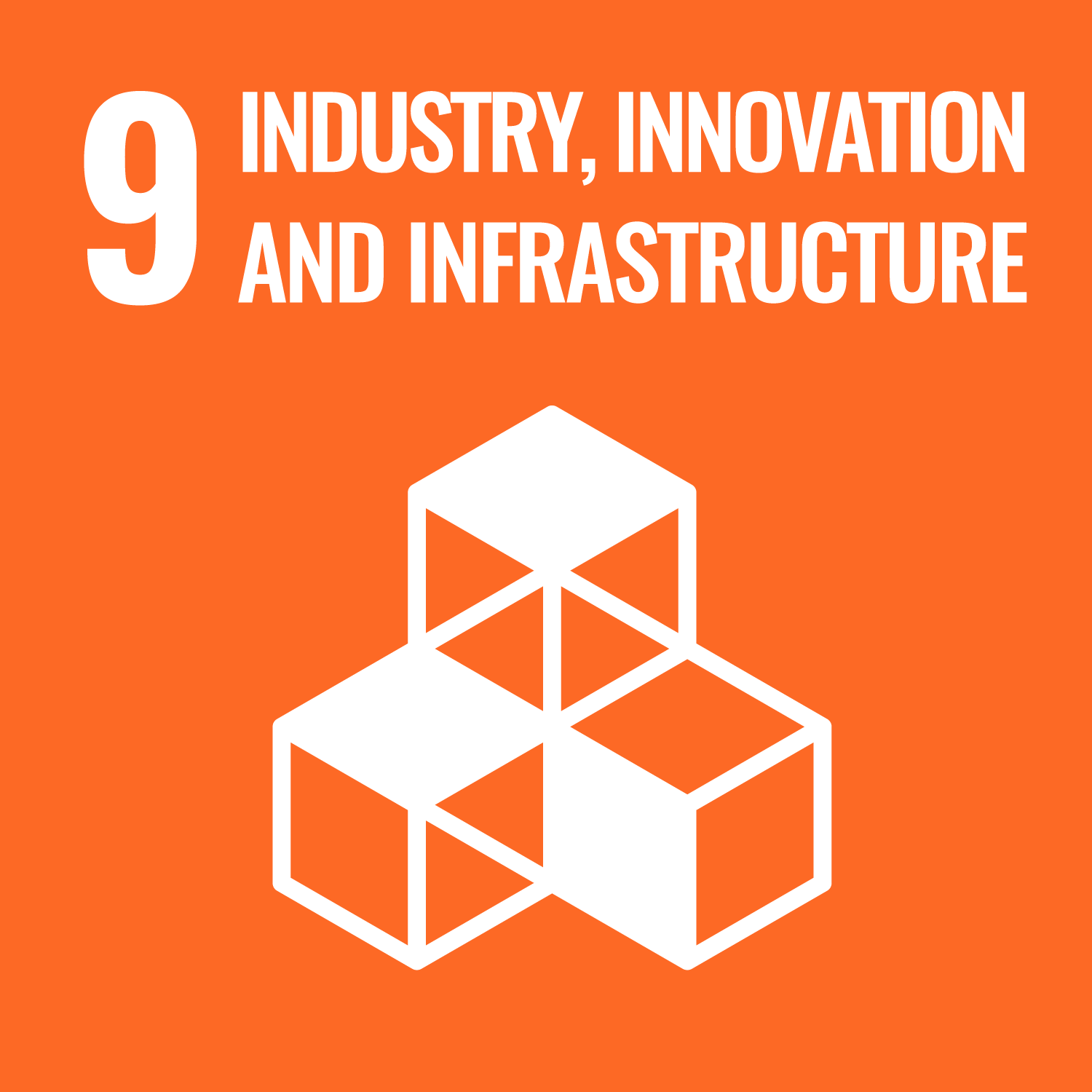

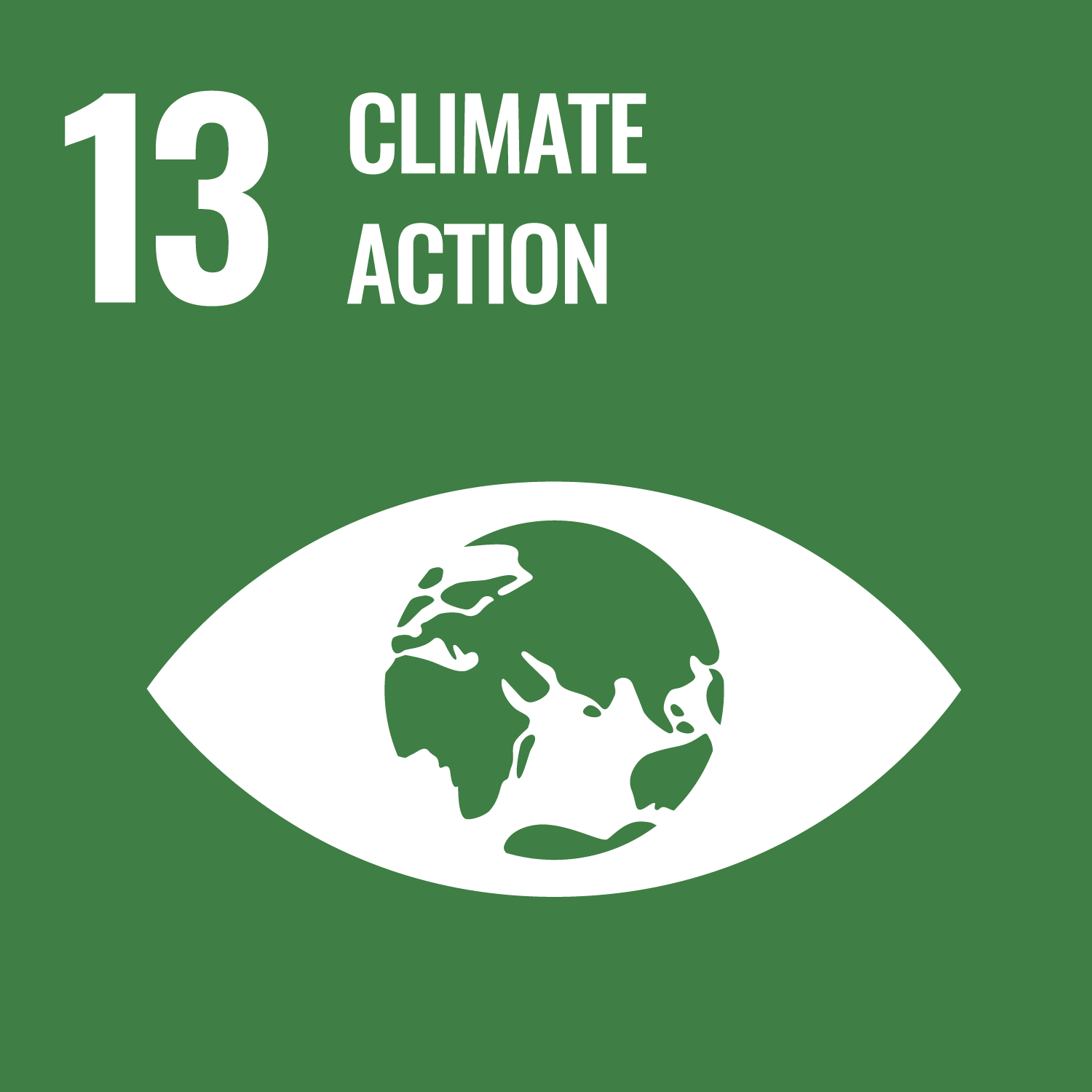
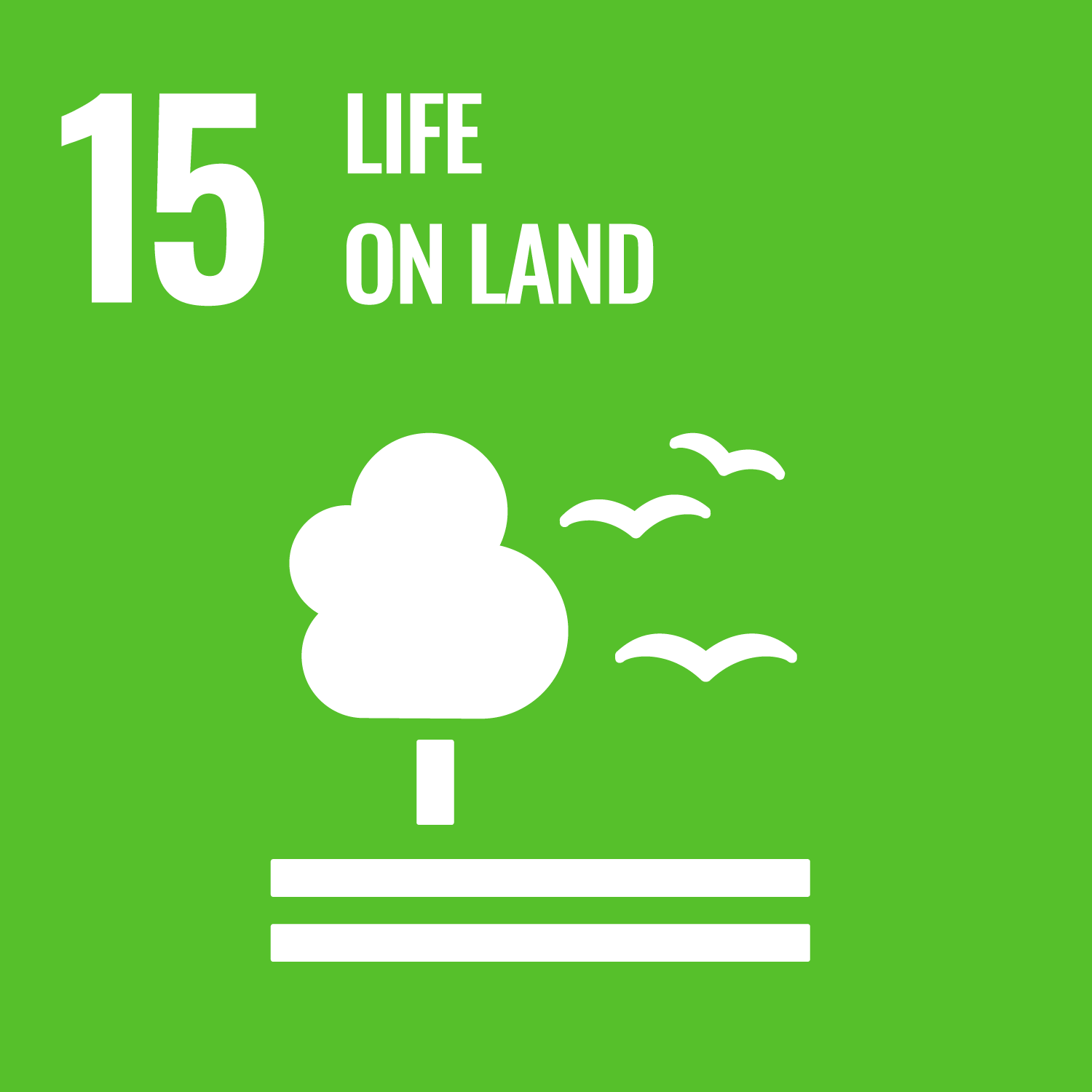
FAQ
What is the difference between mechanically and chemically extracted fibers?
Mechanically extracted fibers are shredded and fibrillated to a homogeneous fiber length in a specially designed fiberizing plant. All that is needed for this process is the plant itself and a power supply. Chemical extraction, on the other hand, involves several steps and includes the use of chemicals for pulping and bleaching, as well as water for dilution and washing. Fibers bleached exclusively with oxygen-based agents are white and more thoroughly cleaned than their mechanically extracted counterparts.
How did the idea come about?
As part of the student organization Enactus Leibniz Universität Hannover e.V., Niklas and Merit, who were still undergraduate students at the time, came together. During their first trip to Costa Rica in 2018, the team became aware of the problems in pineapple cultivation. Since 2022, they have been working full-time on extending the value chains of plant-based residual materials.
Why pineapple plants?
Pineapple cultivation not only creates an immense amount of residual material, but it also offers a higher yield per hectare per year compared to wood. Pineapple plants can be processed more resource-efficiently because they contain relatively little lignin, the molecule responsible for structural rigidity. The fibers extracted from these plants are also particularly well suited for use in industries such as paper production due to their fiber length and mechanical properties.
Are fibers made from pineapple plants price-competitive?
Yes. Thanks to the efficient processes, we can offer the fibers at a price competitive with long fibers. In addition to the product qualities, our customers also benefit from CO2 savings, positive impacts on biodiversity in the cultivation regions, and the use of the fibers as a marketing tool.
Why should customers buy pineapple fibers?
The paper industry is currently heavily dependent on wood as a raw material, which comes with highly fluctuating prices. By using fiber alternatives, companies can become more independent and reduce risks. There is also pressure to innovate within the paper industry to attract new customers. By using unique raw materials and sharing the stories behind them, or by introducing new products, customers of eco:fibr can position themselves as more innovative and, in doing so, increase their sales.
Is the project sustainable if the fibers are shipped from Costa Rica to Europe?
Yes! Our sustainability analyses show not only that a net 5.4 tons of CO2 equivalents are saved per ton of fiber, but also that transportation accounts for only a negligible share of less than 10 %.
Why hasn’t anyone thought of this before?
Research on using pineapple plant residues has already been conducted in Costa Rica, but industrially viable concepts never emerged. Depending on the stakeholder, there are different reasons why the value chain was not extended: from a lack of financial resources, to insufficient know-how, to limited time capacity, or the wrong network. We are in contact with many of these stakeholders and have strong support from politicians, locals, and the agricultural sector in Costa Rica.
Where do you source the raw material from?
Through long-term collaborations, we have been able to build reliable partnerships and thoroughly test the raw material sources. We work with various suppliers of whole pineapple plants, pre-chopped plants, dried plants, crowns, silage bales, or residues from biogas projects—both from Costa Rica and Asian countries. This allows us to secure sufficient raw material of the right quality, especially during the initial phase within the framework of contract manufacturing.
Due Diligence Dataroom
Hier können Sie Zugriff auf den Due Diligence Datenraum des Unternehmens anfragen.
Für die Freigabe ist es erforderlich, dass Sie sich auf der FunderNation Plattform identifizieren. Die Identifikation können Sie hier durchführen.
Ihre Anfrage leiten wir an das Unternehmen weiter. Wird der Zugang bestätigt, erhalten Sie ein NDA zur Unterzeichnung. Nach unterschriebenem NDA stellen wir Ihnen den Zugang zum Datenraum zur Verfügung. Wird der Zugang abgelehnt, sollten Sie dies in Ihrer Investitionsentscheidung berücksichtigen.
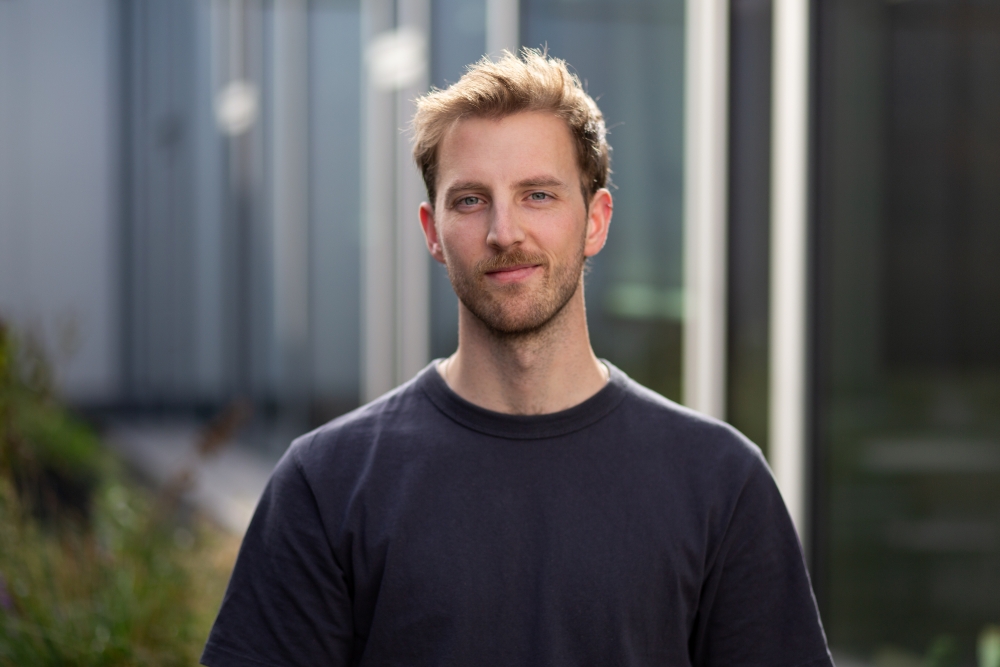
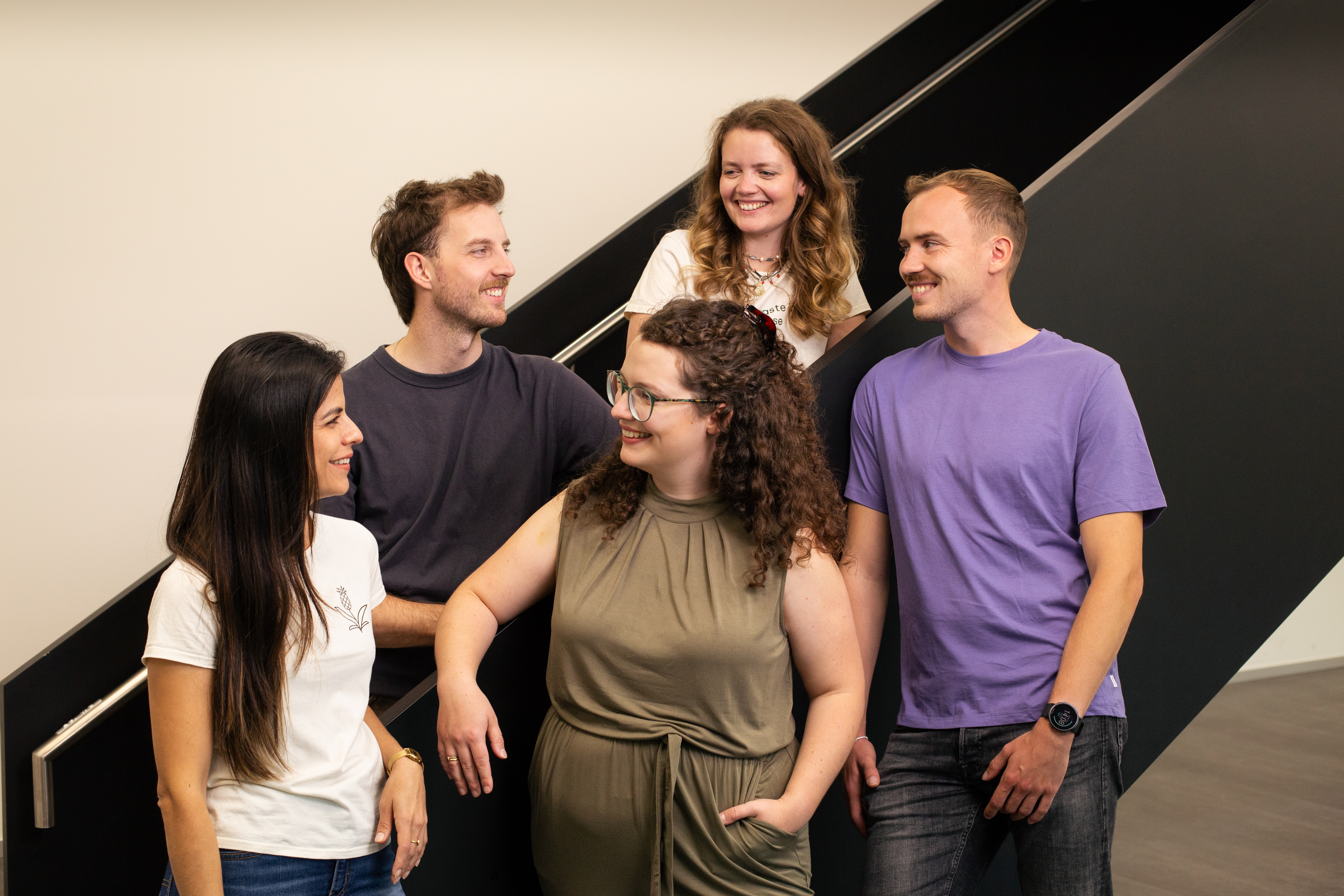



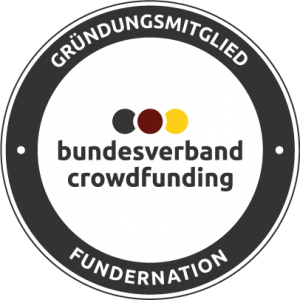
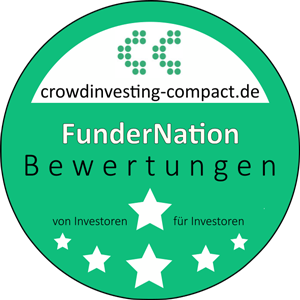
Individuelle Berechnung Ihrer Rendite auf Basis der Finanzplanung und Ihres Investitionsbetrags – inklusive transparenter Zinsgrafik zur Darstellung der Auszahlung über die gesamte Laufzeit:
Calculate individual return